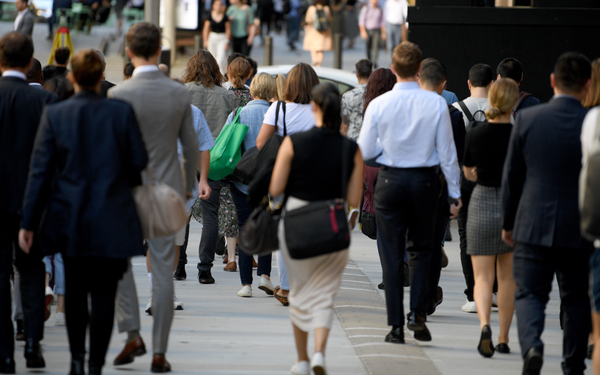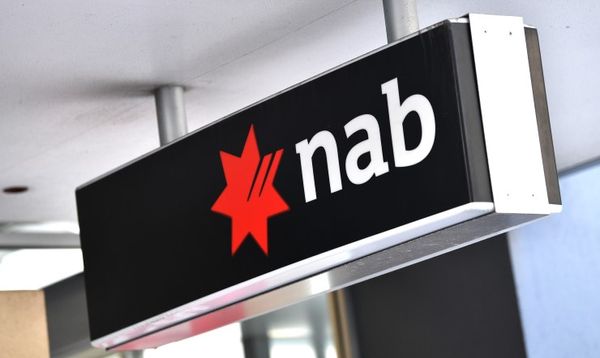
Australia’s surprisingly strong May labour force numbers will stoke fears of more interest rises by the Reserve Bank – but an economic recession isn’t a certainty.
Here’s what you need to know about what’s going on.
What is a recession?
Economists and media often discuss “technical” recessions that count two consecutive quarters of a contraction of gross domestic product.
For instance, New Zealand’s economy sank into a technical recession in the March quarter after GDP was down 0.1%, following December’s 0.7% shrinkage, according to data released on Thursday.
However, the Reserve Bank of Australia and overseas counterparts such as the US National Bureau of Economic Research (NBER) are more cautious.
As the RBA notes, “while there is no single definition of recession, it is generally agreed that a recession occurs when there is a period of reduced output and a significant increase in the unemployment rate”.
“Technical” recessions may also be misleading. Data revisions aren’t uncommon and it won’t take much to erase New Zealand’s latest negative result. This measure can increase “the possibility of a false signal about the underlying pace of economic growth”, the RBA said.
How close is Australia to a recession?
In GDP growth terms, Australia’s economy is slowing, with growth dropping to 0.2% in the March quarter after two quarters of 0.6%.
When population growth is added, per-capita GDP shrank by 0.2% in the first three months of 2023 after two quarters of just 0.1% growth. Economists predict the June quarter will also clock another per-capita retreat.
Taking the NBER’s definition of a recession as “a significant decline in economic activity that is spread across the economy and that lasts more than a few months”, we aren’t there yet – especially if the May employment numbers are a guide.
Last month Australia added 76,000 jobs, the most since June 2022. The burst exceeded all economists’ prediction. They had forecast a range between a loss of 10,000 and an increase of 45,000 jobs.
After the surprisingly strong May jobs data investors are betting the odds of a July RBA rise (13th in 14 months) to 4.35% as more than 50:50. Another rise to 4.6% is also more likely than not by September. A cut after than isn't expected before mid-2024. pic.twitter.com/cilZFOPlti
— @phannam@mastodon.green (@p_hannam) June 15, 2023
CBA says jobs data was colloquially known as “the labour force lottery” because of survey limitations. Still, as Westpac notes, the rolling three-month average increased to 47,600 a month from 42,900, implying firms remained keen to hire.
Australia’s GDP will expand by 1.8% in 2023 and 1.4% in 2024, the OECD forecast last week. By contrast, the average OECD nation will expand by 1.4% this year and next.
Why so glum?
Recent surveys of consumers confidence from Westpac and ANZ suggest sentiment remains at or near levels usually seen during periods of economic downturns such the global financial crisis (when Australia dodged a “technical” recession).
Besa Deda, St George’s chief economist, says such surveys suggest Australians had been “a bunch of Cassandras” for more than a year.
“Since about last March last year, we’ve been incredibly pessimistic about current economic conditions and the outlook,” Deda said. “But that hasn’t really translated into what’s happened in the real economy.”
Businesses aren’t as grim but confidence is on the skids, according to NAB. Forward orders – typically the “best measure of economic activity” – posted a sharp decline in the past month.
“If orders persist at these levels, we could well see ongoing sharp falls in business conditions, highlighting the risks around economic growth through the middle of this year,” Alan Oster, NAB’s chief economist, said.
Oster says he isn’t keen on a recession being defined as two quarters of negative growth. He reckons the economy will move sideways for the rest of 2023 and into 2024.
NAB expects the jobless rate to climb to 4.3% by year’s end and 4.6% by mid-2024. “To many it will feel recessionary,” Oster says.
Will things get worse?
The RBA appears determined to raise interest rates at least once more and then leave them high for longer than previously expected. (Judo Bank’s Warren Hogan notes rates remain negative if inflation is deducted. While there’s tightening going on, monetary policy is not yet tight.)
The Council of Financial Regulators, which includes the RBA, said this week it viewed households as being “well-placed to manage the impact on budgets due to strong labour market conditions and sizeable saving buffers”.
And while “some households are experiencing significant pressure on their finances” as conditions become more challenging, “the share of housing and business loans in arrears has increased a little, albeit from very low levels,” it said.
That assessment won’t come as much consolation for hundreds of thousands of mortgage holders with fixed-rate loans at 2% or so about to expire. They face 5%-6% rates instead.
And a range of Covid support policies, such immediate expense claims, expire this month, dimming business prospects further. Business lately had been one of the dynamos of first-quarter growth, adding 0.3 percentage points of growth, Deda said.
But as the RBA governor, Philip Lowe, said last week, the economy was operating “at a very high level of capacity utilisation … It is also evident in the labour market, which has been very tight.”
After the May jobs jump – and similar surprises in the US and elsewhere – Lowe’s intent to keep lifting rates looks unyielding. Recession or not.










